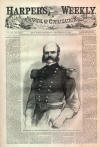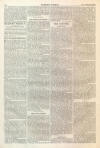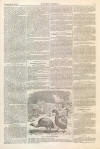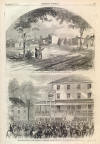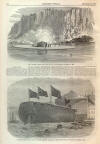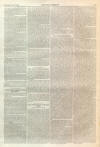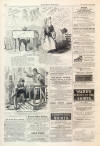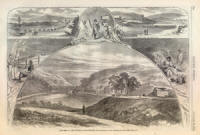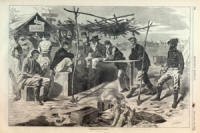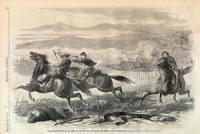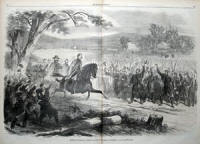The "Passaic"
|
|
This Site:
|
HARPER'S WEEKLY. [NOVEMBER 29, 1862. 758 THE "PASSAIC" TRYING HER LARGE GUN AT THE PALISADES, NOVEMBER 15, 1862.IRON-CLADS.WE publish herewith, by way of contrast, the launch of the British IRON-CLAD "CALEDONIA," which took place at Woolwich Dock-yard on 24th October last; and likewise a picture of the experiment made on Saturday, November 15, with the great gun of the "PASSAIC," in the Hudson River. The Caledonia was commenced in the year 1859 as a 90-gun wooden ship. After the battle of the Merrimac and Cumberland the British Admiralty abandoned the construction of wooden vessels, and the Caledonia was altered to become an iron-clad 34-gun vessel. She is 273 feet long, 59 feet beam, 20 feet hold, and 4125 tons. She is to carry two 110-pound Armstrong guns on the upper deck; on the main deck eight 110-pound Armstrongs and twenty-four 68-pounders. Her masts and bowsprit are to be of iron; and the hull of the vessel above the water-line, and for a short distance below it, is to be plated with 4 inch iron. It will be seen that the only deviation from the old system adopted thus far by the British Admiralty consists in the plating of their vessels. They are still huge monsters, soaring high above the water, and presenting a target which the most inexperienced gunner could not miss; and which, at a proper distance, a 400-pound ball would penetrate as easily as card-board. The recent trial trip of the Passaic was made to ascertain whether the great 15-inch gun could be fired without having the muzzle protrude from the turret. The previous trip showed that without some new contrivance the gun could not be fired within the turret without endangering the lives of the gunners by the explosion. To allow the muzzle (Next Page) LAUNCH OF THE BRITISH IRON-CLAD SCREW FRIGATE "CALEDONIA," THIRTY-FOUR GUNS, AT WOOLWICH, OCTOBER 24, 1862.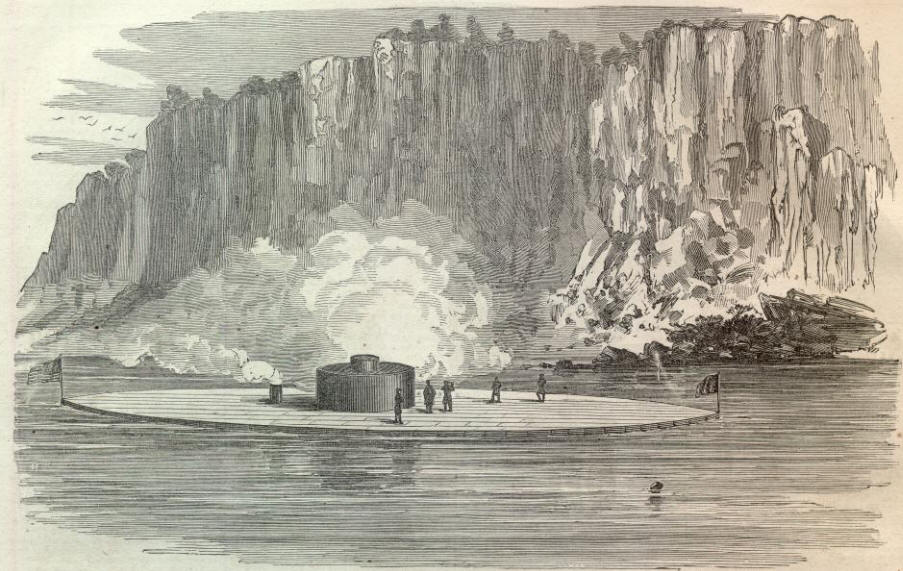 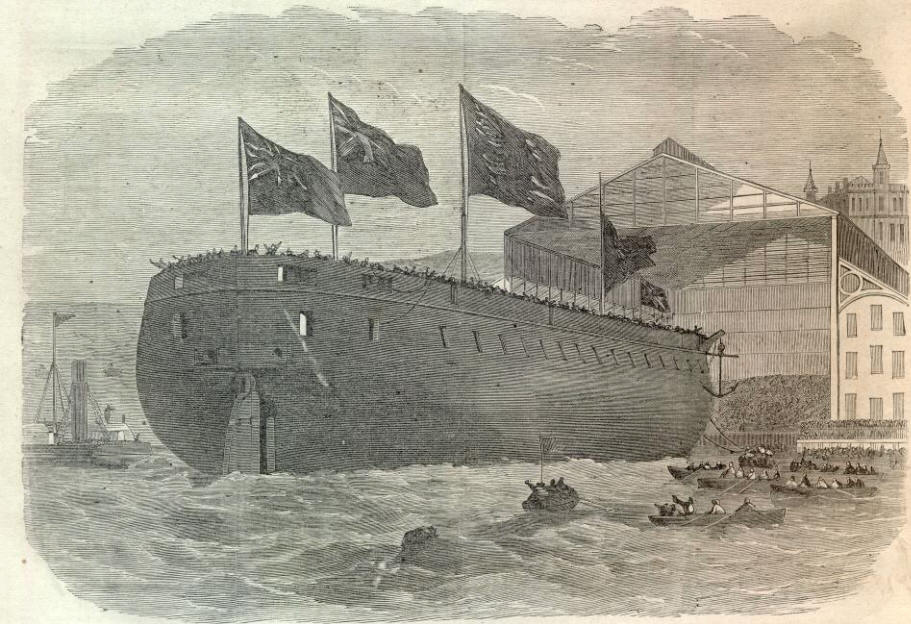 |
||||||||||||||||||||||
|
|
||
|
|
Site Copyright 2003-2018 Son of the South. For Questions or comments about this collection, contact paul@sonofthesouth.net |
|
|
Are you Scared and Confused? Read My Snake Story, a story of hope and encouragement, to help you face your fears. |
||
